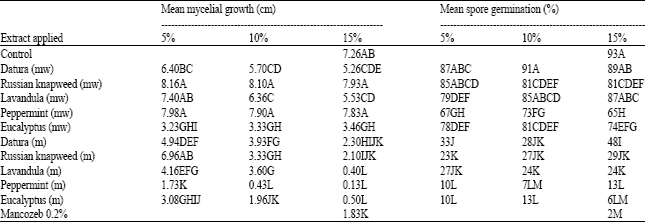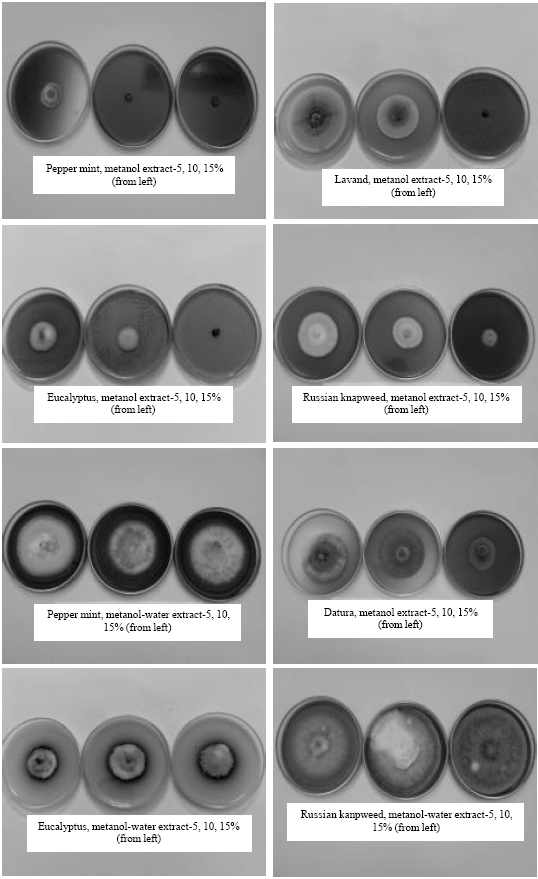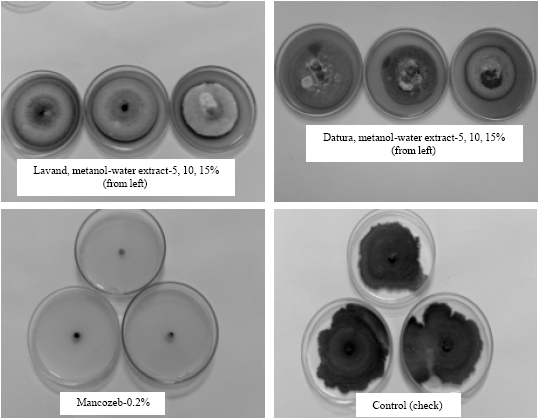Research Article
Antifungal Activity of Some Plant Extracts on Alternaria alternata, the Causal Agent of Alternaria Leaf Spot of Potato
Department of Plant Protection, Shahrood Agricultural Research Center, Shahrood, Iran
H. Mosallanejad
Department of Pesticide Research, Iranian Institute of Plant Protection, Tehran, Iran














syed ghayas ali Reply
very good research work.